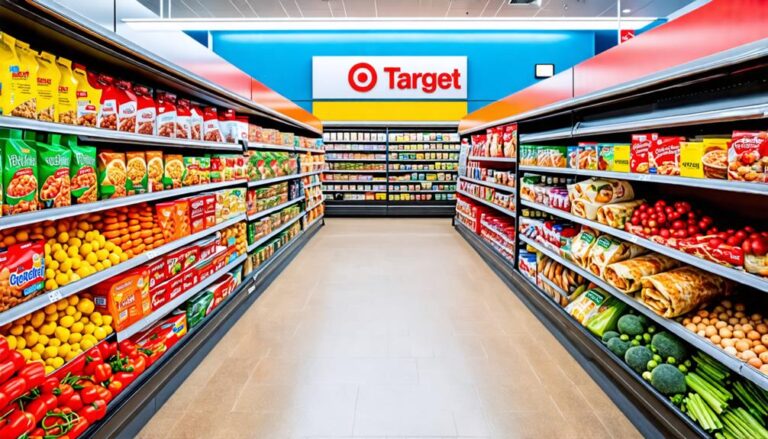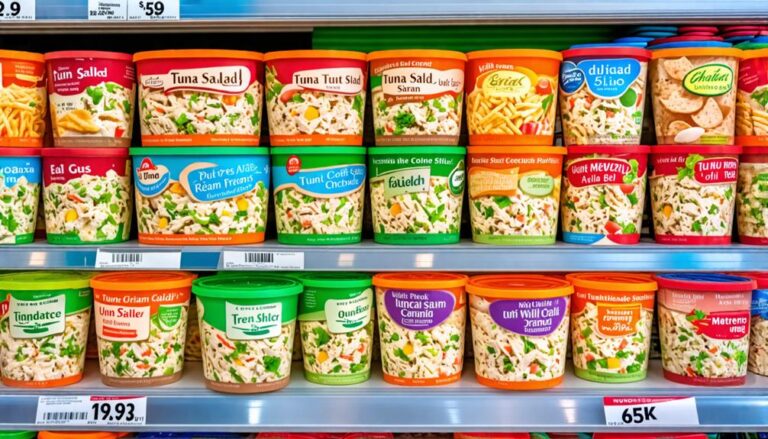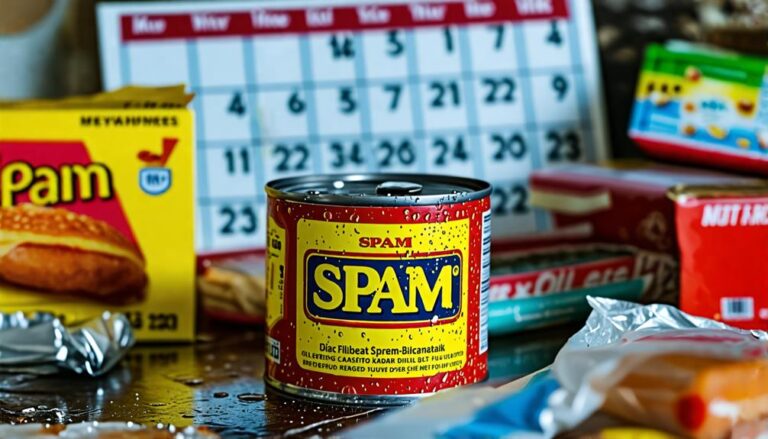Why Are Canned Tuna Always Sold in Small Containers?
When grocery shopping, it’s easy to overlook the peculiarities of packaging. One such curiosity is the unmistakable 5-ounce can of tuna that has become a staple in many American households. This is intriguing, especially when we compare it to the usual 15.25-ounce cans of vegetables or the 10.5-ounce Campbell’s soup cans. But why do canned tuna manufacturers favor this petite size? Various factors shed light on this common packaging trend.
The Single-Serving Convenience
One major reason for the 5-ounce can’s popularity is its suitability for a single serving. Whether you’re making a quick tuna salad, mixing it into pasta, or topping your pizza, this size allows for just the right amount of tuna without the worry of leftovers. After opening, an unused can of tuna only stays fresh for about four days in the fridge, and nobody wants a lingering fishy smell to take over their fridge. The smaller can size adeptly eliminates the dilemma of what to do with excess tuna while ensuring you can enjoy your meal instantly without waste.
The Market Demand for Smaller Portions
While larger cans of tuna, such as the 12-ounce options offered by brands like Starkist and Bumble Bee, do exist, they aren’t as prevalent. This raises questions about consumer preferences. The average shopper may find the 5-ounce can easier to manage, especially for solo dining or small households. Tuna has long been associated with quick meals and convenience, and smaller containers align perfectly with this fast-paced lifestyle.
The Functional Design of Tuna Cans
Beyond just the size, the design of the can itself may also play a significant role in its functionality. The short and wide shape of canned tuna offers both aesthetic appeal and practicality. As noted in various discussions online, the wide format allows for easier visibility of brands, enhancing marketing impact. For instance, when you open a can, the wide design lets you see the flaky fish without digging deep with a fork, making it easier and more enjoyable to serve. Plus, these flat cans are more stackable, which can simplify storage both in stores and at home.
Historical Context of Can Size
Interestingly, the shift from 6-ounce to 5-ounce cans for tuna occurred in the late 2000s, coinciding with a legal case alleging price-fixing by major tuna companies. This change not only affected the product size but also reshaped consumer expectations. Today, the prevalence of the 5-ounce can defines the market, creating a standard that seems almost universally accepted.
Reevaluating the Versatility of Canned Tuna
It’s a common myth that canned tuna is limited to salads. In reality, the versatile fish can be transformed into an array of delightful dishes, ranging from hearty tuna burgers to creamy tuna casserole. This adaptability settles the question of whether the 5-ounce size can cater to various culinary adventures. It’s all about creativity in the kitchen; the sky’s the limit with this humble ingredient.
Embracing the Tuna Experience
Canned tuna, often overlooked, has found its niche in dining and cooking. The small can size reinforces a lifestyle of convenience and less waste while offering the flexibility to create diverse meals. The next time you’re in the grocery aisle confronted with those small tuna cans, remember the thoughtful design and practicality behind them. An unassuming staple like canned tuna quietly reflects larger trends in consumer behavior, convenience, and culinary creativity, making it an undeniably useful pantry item.
Enjoy your next meal with tuna, and who knows? You might just discover a new favorite recipe that goes beyond the salad plate!




